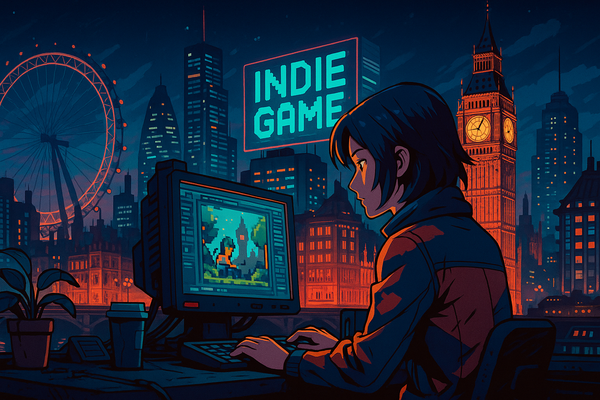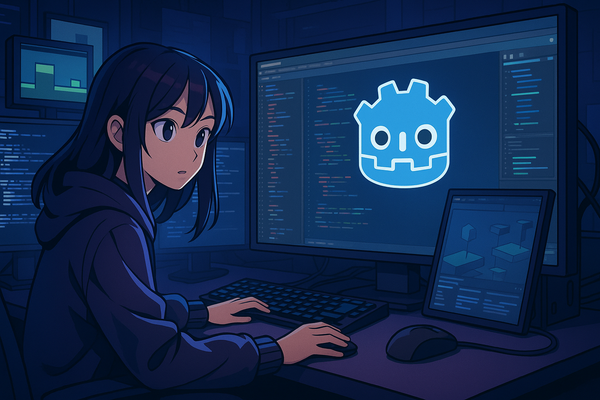Breaking genre norms: How indie games use hybrid mechanics to stand out
Developers are constantly looking for ways to set their creations apart from mainstream titles. One of the most effective strategies they employ is the use of hybrid mechanics—merging gameplay elements from different genres to create experiences that are innovative, engaging, and unlike anything else on the market. This approach not only challenges traditional gameplay norms but also broadens the appeal of indie games by capturing the interests of diverse player groups.
The rise of hybrid mechanics in indie games
Hybrid mechanics refer to the seamless integration of different gameplay elements from various genres, resulting in a unique, cohesive gaming experience. This trend allows developers to think outside the box, pushing the boundaries of what games can offer. A prime example is Hades, a game by Supergiant Games that merges action-packed combat with roguelike progression and narrative depth. The game’s innovative approach won critical acclaim and redefined player expectations for both genres.
Key examples of genre-blending success
Several indie games have effectively used hybrid mechanics to make a mark on the gaming world:
- Slay the Spire: This game combines the strategic card-building of a deck-builder with the progression and challenge of a roguelike. Players build unique decks and navigate procedurally generated levels, making each run distinct. The game’s hybrid mechanics earned it a strong following and cemented its place as a standout in both genres.
- Crypt of the NecroDancer: Merging rhythm-based gameplay with roguelike mechanics, Crypt of the NecroDancer requires players to move and attack in time with the beat of the music. This twist on dungeon-crawling gameplay brought an entirely new layer of strategy and timing that captivated players and critics alike.
- Dead Cells: Often called a "roguevania," Dead Cells masterfully blends roguelike elements with the exploration and progression mechanics of Metroidvania games. This combination offers players a challenging and dynamic experience that stands out for its smooth combat and rewarding exploration (IGN: https://www.ign.com/articles/dead-cells-review).
- Loop Hero: This game breaks genre norms by integrating deck-building and auto-battler elements. Players strategically place cards to create the game world, impacting gameplay and enemy encounters. Loop Hero’s innovative mechanics have made it a genre-defying hit.
Benefits of hybrid mechanics
The use of hybrid mechanics offers several benefits that make indie games both memorable and replayable:
- Enhanced replayability: By merging genres, games create varied gameplay experiences that keep players engaged. For example, in Hades, the combination of narrative progression and roguelike elements makes every playthrough feel different.
- Broad appeal: Hybrid games can draw in fans from multiple genres, broadening their player base. This helps indie developers reach diverse audiences and create games that resonate with different types of players.
- Creative innovation: Hybrid mechanics give developers room to experiment with unconventional gameplay elements, leading to unique and impactful player experiences.
Challenges in implementing hybrid mechanics
Despite their advantages, hybrid mechanics come with challenges:
- Balancing complexity: Integrating elements from different genres can lead to complex gameplay that risks overwhelming players. Games need to maintain an intuitive learning curve to remain approachable.
- Maintaining cohesion: Developers must ensure that gameplay elements blend harmoniously. Poorly integrated mechanics can make a game feel disjointed or cumbersome. The design of Celeste, which combines challenging platforming with an emotionally-driven narrative, exemplifies how careful integration can lead to success.
The future of hybrid mechanics in indie games
As indie games continue to push boundaries, hybrid mechanics will likely become even more prevalent. These mechanics allow developers to differentiate their games from mainstream titles and create experiences that surprise and delight players. With the creative freedom that indie developers have, we can expect to see more innovative combinations that challenge traditional gameplay structures and introduce players to novel ways of experiencing games.
Conclusion
Hybrid mechanics enable indie developers to break genre norms and offer experiences that stand out in the gaming landscape. By fusing elements from various genres, they create innovative, memorable gameplay that appeals to a broad range of players. As the industry evolves, these unique approaches will continue to shape the future of indie games, providing fresh and engaging experiences for players worldwide.




